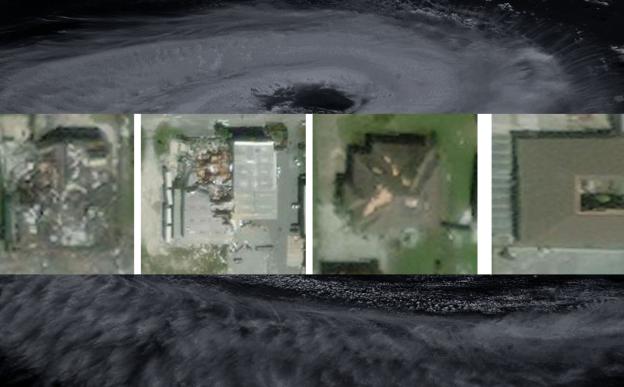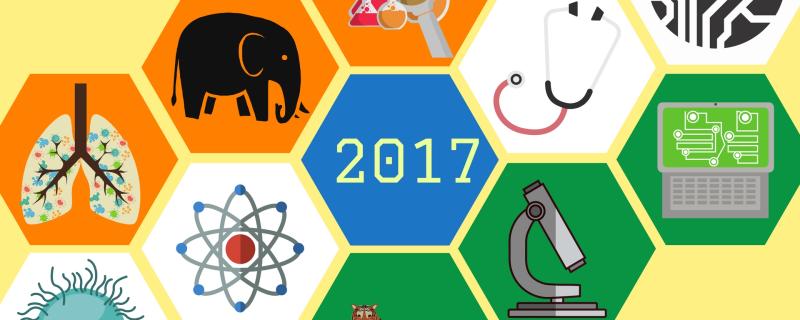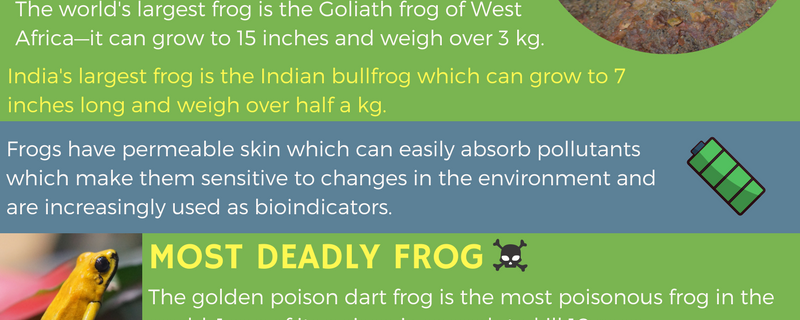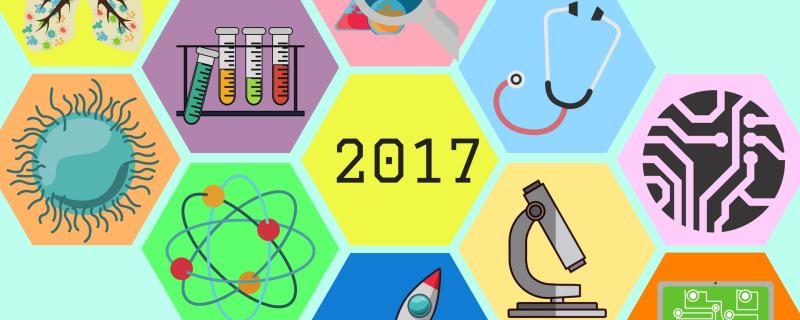यह अध्ययन भारत में वाहन चलाते समय मोबाइल फोन के उपयोग की हानिकारिकता पर प्रकाश डालता है
आईआईटी मुंबई द्वारा विकसित नया स्पाडानेट (SpADANet) नामक डीप लर्निंग फ्रेमवर्क सीमित लेबलों का उपयोग करते हुए कई, चक्रवातों में हुए हानि के वर्गीकरण की सटीकता को बढ़ाता है।
Mumbai/







